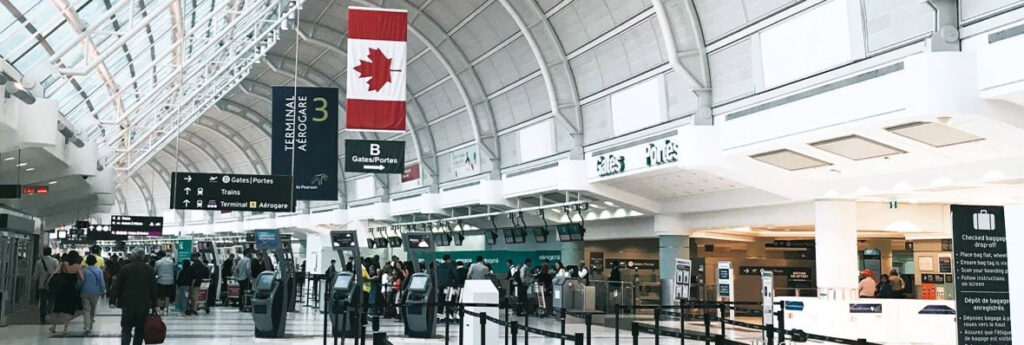Toronto’s airports authority has announced a multibillion-dollar plan to update and modernize Toronto Pearson Airport. The program will see the refurbishment of existing airport assets, including high-speed taxi lanes, a modernized airfield electric lighting and control system, and interim terminal facilities.
The plan also includes investments in power generation to help the airport achieve net-zero targets.
The Greater Toronto Airports Authority (GTAA) said it launched the first phase of procurement for Pearson LIFT, a plan intended to help the airport meet growing demand for its services.
“This is the very beginning of what will be a decade-long investment in our facilities and our terminals across the airport,” said Deborah Flint, president and CEO of the GTAA.
“After many, many years, where we have had tired and aged assets across the airport facility, we’ll be systematically investing in those, investing in them to bring them up to not just a state of great repair, but positioning them for the future.”
Pearson saw 45 million passengers in 2023 and is expected to see about 65 million annually by the early 2030s, the GTAA said in a press release.
“Toronto Pearson has been meeting passenger needs by deploying extraordinary resources to many of its aged assets and facilities, which is not a sustainable solution with passenger traffic expected to grow,” it said.
“Growth is coming to Pearson. It’s coming across the global aviation industry and across North America,” said Flint.
LIFT, which stands for Long term Investment in Facilities and Terminals, will begin with a program focused on “the fundamentals,” said Flint, adding, “After what we experienced with the surge of growth and recovery, the challenges with our facilities in the recent past, we want to get ahead of that as best we can and start to develop those facilities that are going to help us expand sooner,” said Flint.
Flint said LIFT has been significantly informed by the challenges of the past several years, as a surge in airline traffic resulted in delays across the industry.
“We’re very committed to making sure that Toronto Pearson … is not going to experience the challenges of the past that will hinder its growth and competitiveness,” she said.
Over the long term, Flint said she anticipates some moderate increases in Pearson’s Airport Improvement Fee, in consideration of the levels of such fees at other airports in the country.
Earlier this month, Montreal’s airport authority announced it plans to spend nearly $4 billion to reduce congestion and ramp up capacity.
The planned upgrades to the Montreal-Trudeau International Airport include an expanded roadway past the main entrance, new parking lots and drop-off areas, a satellite terminal, and a connection to the REM commuter rail line.

